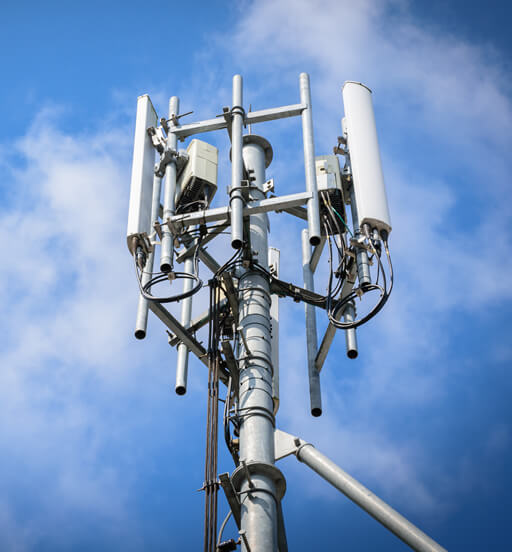If you've ever walked through a town and spotted tiny 5G cell towers on the poles of street lights. They look like little boxes however, they're actually transmitting wireless signals from cell phone providers to your phone.
The smaller ones are being replaced by larger, purpose-built cell towers. While they're less noticeable, they still can create problems for those who live nearby.
It is the of the FCC's Radiation Exposure Thresholds
The FCC's Radiation Exposure Thresholds define the safe limit at which an individual can be exposed to electromagnetic energy from wireless devices. The limits of exposure are based upon scientific research that show that RF energy can be harmful to human health.
The specific absorption rate (SAR) is an indication of the amount of radiofrequency energy that is absorption by tissues. what is a safe distance from a cell tower 's usually 1.6 watts per kilogram, spread over a kilogram of tissue.
However, because safe distance from cell tower transmits at higher frequencies this could be able to increase the intensity of energy on the skin as well as other body parts. This can lead to various potential problems, including an increased the development of skin conditions like dermatitis, cancer of the skin and cataracts.
Because of the potentially negative effects of 5G radiation, PSU has chosen to set a general localized limits on power density, which is 4mW/cm2 based on the average on 1cm2, and never exceeding 30 minutes for the entire 5G spectrum at 3000 GHz. This localized limit is consistent with the maximum SAR that is spatially averaged at 1.6 W/kg, which is averaged over 1 g of tissue at 6 GHz.
what is a safe distance from a cell tower
If you've ever used a mobile phone, then you've probably realized that the safest range from the tower is around 400 meters. This is due to the power of the transmission of the cell tower is significantly increased the further you are from it.

While this sounds like an ideal idea, the reality is that those living close to towers could be more susceptible to health issues. For example, a study from 2014 in India found that those who lived within 50m from cell towers suffered significantly more health complaints than those who lived farther away from the antennas.
But, the study revealed that those who relocated to areas further away from the cell towers saw their symptoms return to normal within a couple of days. Other studies have demonstrated that exposure to extreme amounts of electromagnetic field radiofrequency (EMFs) can cause brain tumors, cancer, and other health problems.
This is because RF radiation, which is used in wireless communication, can penetrate the human body's outer layer, which is the skin. This is vital to be aware of because the skin serves as a protective barrier against injury to the body, infection from pathogenic microorganisms, as well as the entry of harmful substances. It is also the most important organ in the human body and is accountable for maintaining the integrity of other organs.
The FCC's Minimum Exposure Thresholds
The FCC's Minimum Exposition Thresholds are based upon many assumptions that aren't supported by scientific evidence. They include the incorrect assumption that short-term exposures to RF radiation are safe due to the limited absorption into body (i.e. the heating of tissues).
This assumption does not take into account the greater penetration of ELF elements of modulated radio signals as well as the effect of short bursts of heat caused by RF pulses. These assumptions do not correspond with current understanding of the biological consequences of RF radiation. As such they shouldn't be considered for health protection exposure guidelines.
Furthermore to that, ICNIRP and FCC are limiting their maximum exposure limits to local peak SARs based on the maximum speed of spatial absorption (psSAR) which is an inadequate dosimetric tool to assess the amount of exposure to RF radiation. In particular the psSAR tool is not accurate for frequencies above 6 GHz. Furthermore, psSAR has not been tested for RF radiation exposed to other environmental agents such as sunlight. In the event of interactions, RF radiation and other environmental agents could cause synergistic or antagonistic effects. This can lead to an increased risk of adverse health adverse effects. For instance, exposure to RF radiation along with exposure to sunlight can increase the risk of skin cancer, as well as aggravate other skin conditions like acne.
